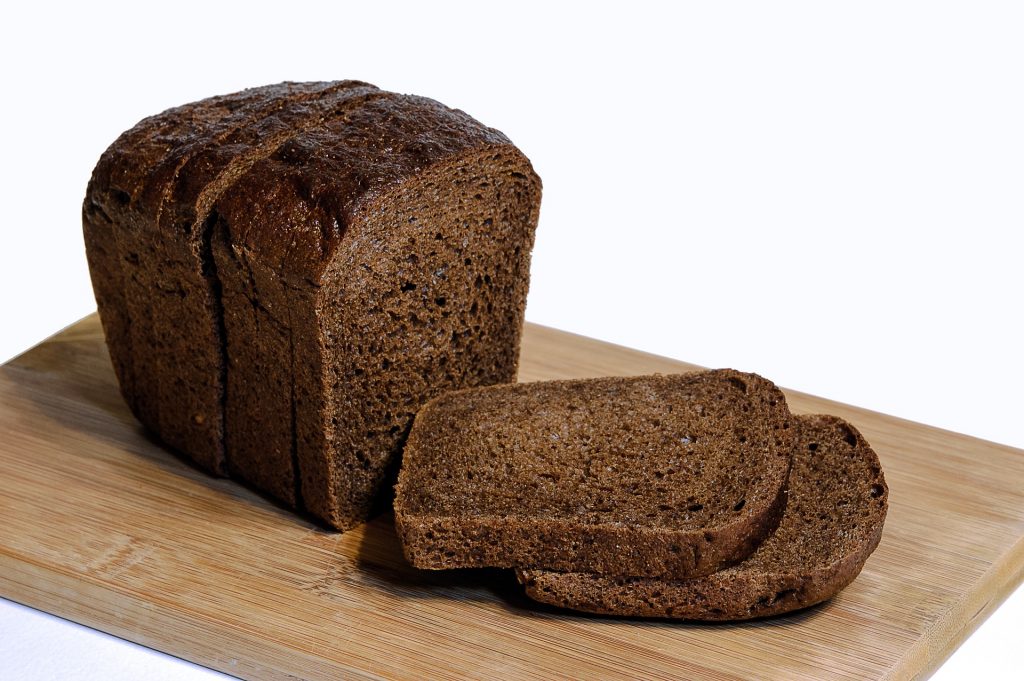 The currently accepted definition of a whole grain is a cereal grain for consumption that retains its original plant form. In this respect, the cereal retains its original composition of fibre, micro nutrients and starch. Refined grains undergo a manufacturing process by which the fibre and most of the micronutrients are removed by stripping the grain of its bran and germ layers. This leaves the starchy endosperm with contains the energy content of the cereal grain as carbohydrate. The differences between whole grains and refined grains in terms of their health effects in humans have been extensively studied. Generally refined grains have been shown to possess detrimental glycaemic effects and this can have both short and long term implications. In the short term, the rapid rise in blood glucose levels can generate a nutrient overload syndrome in cells, resulting in the excessive oxidation of glucose with a resulting increase in free radical generation. These free radicals then contribute to the oxidative stress of the cell.
The currently accepted definition of a whole grain is a cereal grain for consumption that retains its original plant form. In this respect, the cereal retains its original composition of fibre, micro nutrients and starch. Refined grains undergo a manufacturing process by which the fibre and most of the micronutrients are removed by stripping the grain of its bran and germ layers. This leaves the starchy endosperm with contains the energy content of the cereal grain as carbohydrate. The differences between whole grains and refined grains in terms of their health effects in humans have been extensively studied. Generally refined grains have been shown to possess detrimental glycaemic effects and this can have both short and long term implications. In the short term, the rapid rise in blood glucose levels can generate a nutrient overload syndrome in cells, resulting in the excessive oxidation of glucose with a resulting increase in free radical generation. These free radicals then contribute to the oxidative stress of the cell.

Whole grain intake has been shown to reduce the risk of myocardial infarction (a heart attack). For example, in one study, Danish men and women were given a food questionnaire to assess their whole grain intake and then the researchers followed the subjects health for nearly 14 years. In that time a number of the subjects suffered from myocardial infarction. When they analysed the data, the researchers showed that the subjects with the highest whole grain intake had a significantly lower risk of myocardial infarction compared to those with the lowest whole grain intake. Rye and oats, but not wheat, were associated with this protective effect. In particular, rye bread and oatmeal were associated with a lower risk of myocardial infarction. As oats are a poor source of the alkylresorcinol antioxidants, but wheat is a reasonable source,this tends to suggest that the protective effects of the whole grains may have come from other components of the cereal grains. However, the fact that rye bread and oatmeal are the types of foods associated with healthy eaters, it is more likely that these foods were simply markers for a healthy lifestyle.
The increase in the generation of free radicals can have long term implications on health because it results in a down regulation of the insulin receptor signalling on the cell membrane. This is likely a protective effect to stop further nutrient influx to the cell. This oxidative stress process is also detrimental because it depletes the cell and tissues of antioxidants, and this may generate tissue damage systemically. The presence of oxidative stress and insulin resistance have been shown to increase the risk of cardiovascular disease, and so it should be no surprise that consumption of refined grains is associated with cardiovascular disease. In turn, consumption of whole grains is associated with protection from cardiovascular disease. Whole grains are also a source of antioxidants, and in particular the alkylresorcinols have been identified as potentially beneficial antioxidants in cereal grains. These antioxidants may also protect the cells from oxidative stress, providing a further benefit to the consumption of whole grains.
Eat Well, Stay Healthy. Protect Yourself
RdB
